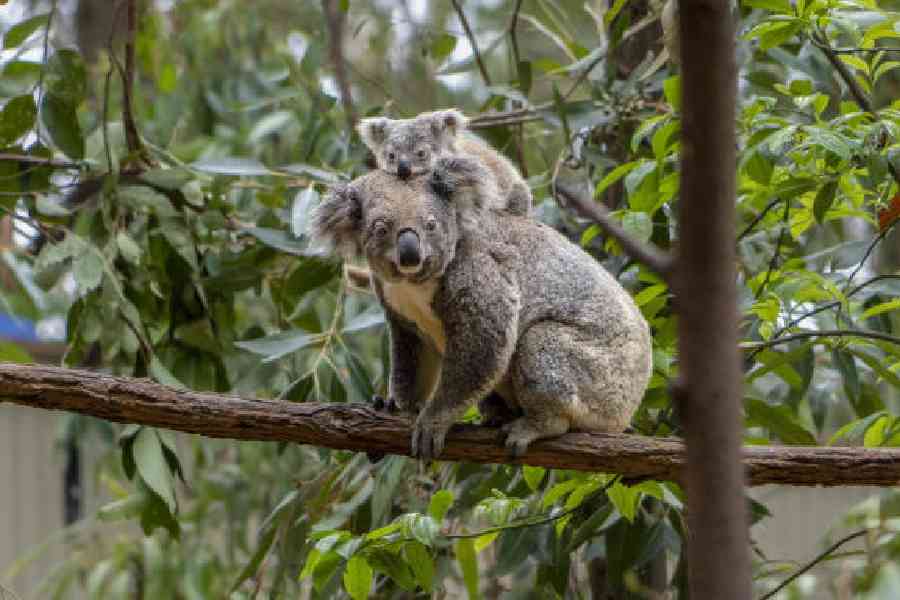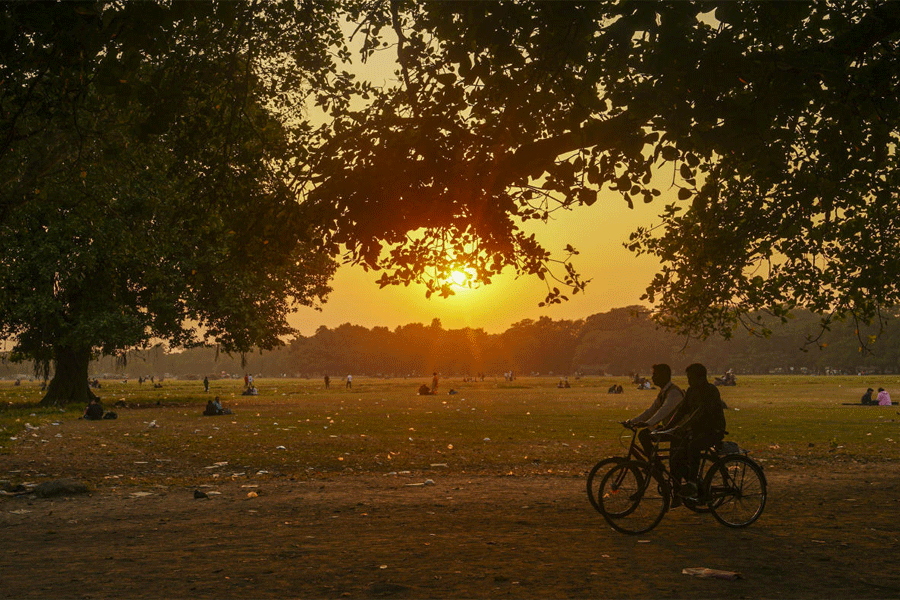For tens of millions of years, Australia has been a playground for evolution, and the land Down Under lays claim to some of the most remarkable creatures on Earth.
It is the birthplace of songbirds, the land of egg-laying mammals and the world capital of pouch-bearing marsupials, a group that encompasses far more than just koalas and kangaroos. (Behold the bilby and the bettong!) Nearly half of the continent’s birds and roughly 90 per cent of its mammals, reptiles and frogs are found nowhere else on
the planet.
Australia has also become a case study in what happens when people push biodiversity to the brink. Habitat degradation, invasive species, infectious diseases and climate change have put many native animals in jeopardy and given Australia one of the worst rates of species loss in the world.
In some cases, scientists say, the threats are so intractable that the only way to protect Australia’s unique animals is to change them. Using a variety of techniques, including crossbreeding and gene editing, scientists are altering the genomes of vulnerable animals, hoping to arm them with the traits they need to survive.
“We’re looking at how we can assist evolution,” said Anthony Waddle, a conservation biologist at Macquarie University in Sydney.
The helmeted honeyeater is a bird that demands to be noticed, with a patch of electric-yellow feathers on its forehead and a habit of squawking loudly as it zips through the dense swamp forests of the state of Victoria. But over the last few centuries, humans and wildfires damaged or destroyed these forests, and by 1989, just 50 helmeted honey eaters remained, clinging to a tiny sliver of swamp at the Yellingbo Nature Conservation Reserve.
Intensive local conservation efforts, including a captive breeding programme at Healesville Sanctuary, a Zoos Victoria park, helped the birds hang on. But there was very little genetic diversity among the remaining birds. “They have very few options for making good mating decisions,” said Paul Sunnucks, a wildlife geneticist at Monash University in Melbourne.
Without some kind of intervention, the helmeted honeyeater could be pulled into an “extinction vortex”, said Alexandra Pavlova, an evolutionary ecologist at Monash.
A decade ago, Pavlova, Sunnucks and several other experts suggested an intervention known as genetic rescue, proposing to add some Gippsland yellow-tufted honeyeaters and their fresh DNA to the breeding pool.
Crossing the two types of honeyeaters risked muddying what made each subspecies unique and creating hybrids that were not well suited for either niche. Moving animals between populations can also spread disease, create new invasive populations or destabilise ecosystems in unpredictable ways.
Genetic rescue is also a form of active human meddling that violates what some scholars refer to as conservation’s “ethos of restraint” and has sometimes been critiqued as a form of playing God.
“There was a lot of angst among government agencies around doing it,” said Andrew Weeks, an ecological geneticist at the University of Melbourne who began a genetic rescue of the endangered mountain pygmy opossum in 2010. “It was only really the idea that the population was about to go extinct that
I guess gave government agencies the nudge.”
And so, since 2017, Gippsland birds have been part of the helmeted honeyeater breeding programme at Healesville Sanctuary. In captivity, there have been real benefits, with many mixed pairs producing more independent chicks per nest than pairs composed of two helmeted honeyeaters. Dozens of hybrid honeyeaters have now been released into the wild. They seem to be faring well, but it is too soon to say whether they have a fitness advantage.
For the northern quoll, a small marsupial predator, the existential threat arrived a century ago, when the invasive, poisonous cane toad landed in eastern Australia. Since then, the toxic toads have marched steadily westward — and wiped out entire populations of quolls, which eat the alien amphibians.
But some of the surviving quoll populations in eastern Australia seem to have evolved a distaste for toads. When scientists crossed toad-averse quolls with toad-naive quolls, the hybrid offspring also turned up their tiny pink noses at the toxic amphibians.
What if scientists moved some toad-avoidant quolls to the West, allowing them to spread their discriminating genes before the cane toads arrived? “You’re essentially using natural selection and evolution to achieve your goals, which means that the problem gets solved quite thoroughly and permanently,” said Ben Phillips, a population biologist at Curtin University in Perth who led the research.
A field test, however, demonstrated how unpredictable nature can be. In 2017, Phillips and his colleagues released a mixed population of northern quolls on a tiny, toad-infested island. Some quolls did interbreed, and there was preliminary evidence of natural selection for “toad-smart” genes.
But the population was not yet fully adapted to toads, and some quolls ate the amphibians and died, Phillips said. A large wildfire also broke out on the island. Then, a cyclone hit. “All of these things conspired to send our experimental population extinct,” Phillips said. The scientists did not have enough funding to try again, but “all the science lined up,” he added.
Still, no matter how sophisticated the technology becomes, organisms and ecosystems will remain complex. In some ways, assisted evolution is an argument — or, perhaps, an acknowledgment — that there is no stepping back, no future in which humans do not profoundly shape the lives and fates of wild creatures.
NYTNS











